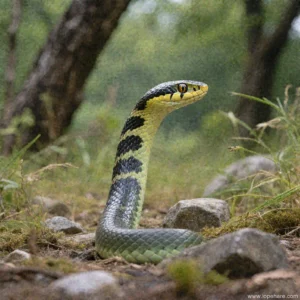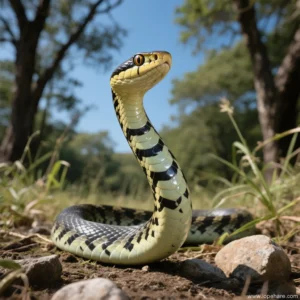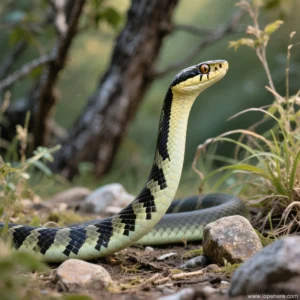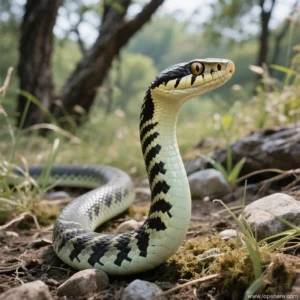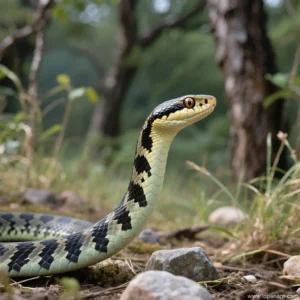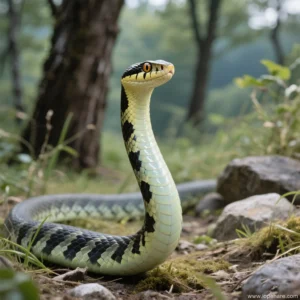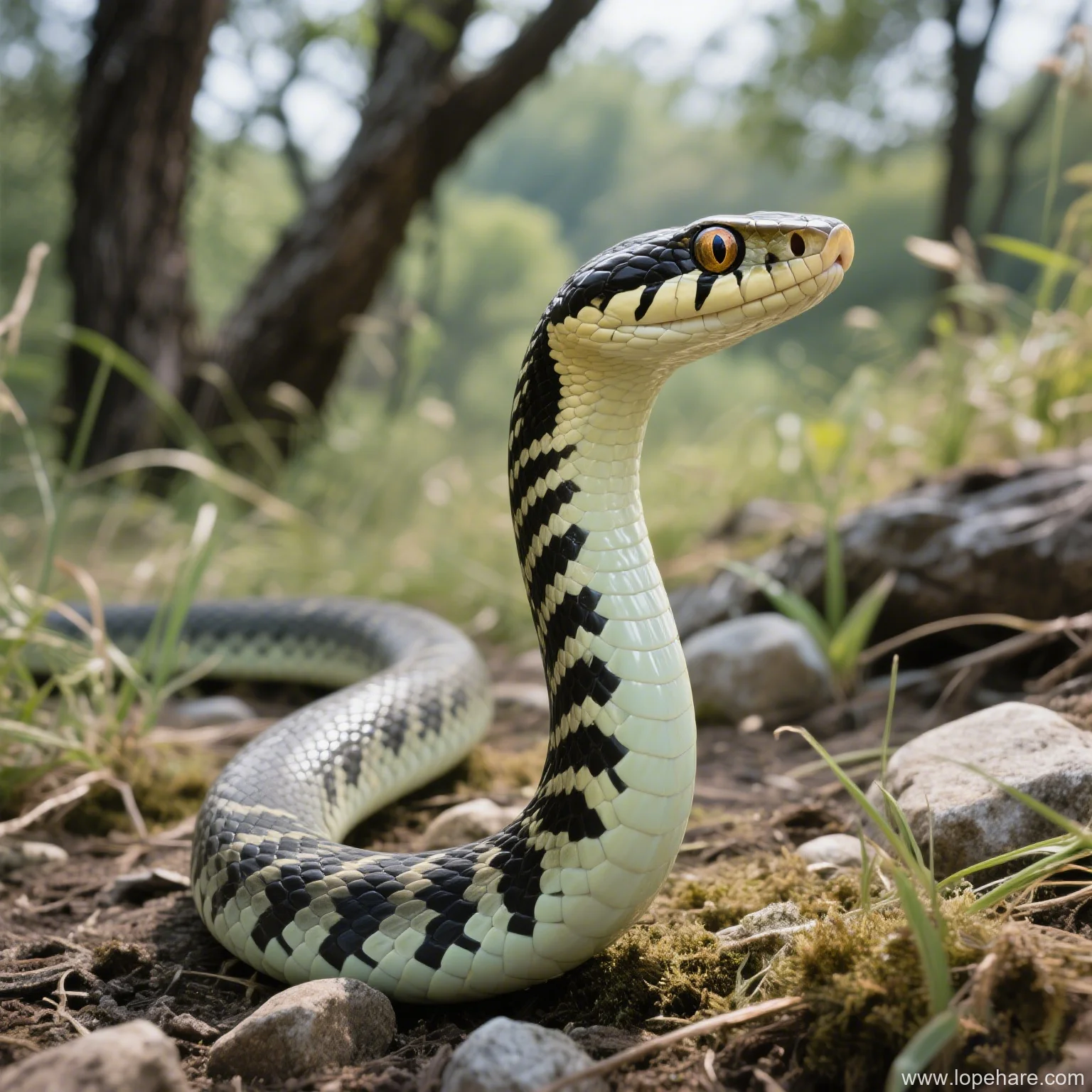
Reptile Husbandry
Why Is My Elaphe schrenckii Refusing to Eat? Common Reasons and Solutions
One of the most common concerns for any snake keeper, especially those new to keeping species like the Elaphe schrenckii (Amur Ratsnake), is when their normally voracious eater suddenly decides to go on a hunger strike. It can be incredibly worrying! At lopehare, we understand this anxiety, and based on our experience and the collective knowledge within the exotic pet community, we know that feeding refusal in reptiles is often a symptom of something else. It’s rarely just pickiness. Let’s delve into the common reasons why your Amur Ratsnake might not be eating thawed mice or other preferred prey and what steps you can take.
Understanding Feeding Strikes
It’s important to first understand that it’s normal for snakes, including Elaphe schrenckii, to occasionally skip a meal. Unlike mammals, their metabolism is slower, and they don’t need to eat daily. However, prolonged refusal (several weeks or more, depending on the snake’s age, size, and typical feeding schedule) definitely warrants investigation.
Environmental Issues: The Most Frequent Culprit
Incorrect husbandry is the leading cause of most health and behavioral issues in captive reptiles, including feeding refusal. Snakes are ectothermic, meaning they rely on their environment to regulate their body temperature. If the temperature, humidity, or enclosure setup isn’t right, they can’t properly digest food, leading them to refuse it.
- Incorrect Temperature: If the enclosure is too cold, the snake cannot digest its food, which can lead to regurgitation or refusal. If it’s too hot, it can be stressful and also inhibit feeding. Ensure you have a proper temperature gradient with a warm basking spot (around 80-85°F / 27-29°C for a basking area, with ambient temperatures in the low to mid-70s°F / 22-25°C) and a cooler end. Use reliable thermostats and thermometers.
- Inadequate Humidity: While Elaphe schrenckii are relatively adaptable, persistently low humidity can cause shedding problems (dysecdysis) and general discomfort, which can lead to appetite loss. Ensure humidity levels are appropriate for the species (typically moderate, around 50-60%, with a humid hide available).
- Lack of Hides/Security: Snakes need places to hide and feel secure. If the enclosure lacks sufficient hides at both the warm and cool ends, the snake may feel exposed and stressed, leading to refusal.
- Wrong Substrate: Dusty or irritating substrates can cause respiratory or eye issues, impacting appetite. Ensure you are using a safe, non-toxic substrate.
Check Your Stats! Before assuming anything else, double-check your temperature and humidity gauges with a reliable second source. Faulty equipment is common.
Underlying Health Problems
A snake that feels unwell will often stop eating. Watch for other symptoms accompanying appetite loss:
- Respiratory Infections: Wheezing, bubbles around the nose or mouth, open-mouth breathing.
- Mouth Rot (Stomatitis): Swelling, redness, or cheesy buildup in the mouth.
- Parasites: Mites or internal parasites can cause lethargy and appetite loss. Mites are visible as tiny black or red dots, often around the eyes or under scales.
- Impaction: Difficulty passing waste, swelling in the lower body. This is often linked to swallowing substrate or being fed prey too large.
- Post-Shed Anorexia: Sometimes snakes won’t eat just before or during a shed. Refusal *after* a successful shed is less common but can occasionally happen if the shed was difficult.
If you suspect any health issue, consulting a qualified reptile veterinarian is crucial.
Stress and Anxiety
Snakes are sensitive creatures, and stress can easily put them off food.
- New Environment: It’s perfectly normal for a snake to refuse food for days or even a few weeks after moving to a new home while they adjust.
- Over-handling: Excessive handling, especially after a meal or before the snake feels secure, can cause stress.
- Enclosure Placement: Busy areas of the house, vibrations from speakers, or direct sunlight can stress a snake.
- Prey Size/Type: Offering prey that is too large or a type the snake isn’t familiar with can be stressful or simply unappealing.
- Presence of Other Pets/Predators: If the snake feels threatened by other animals in the house (cats, dogs) looking at its enclosure, it can cause significant stress.
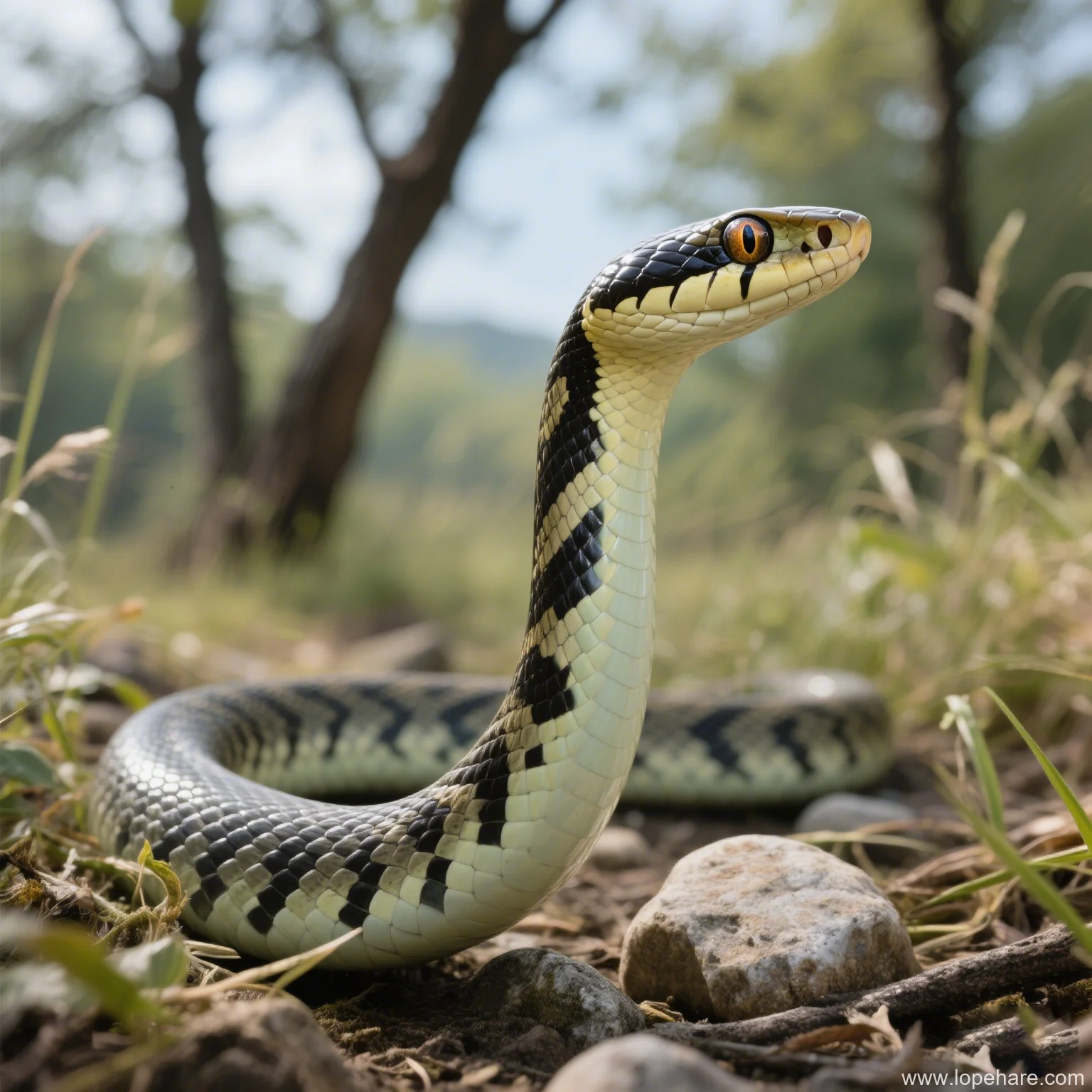
Problems with Prey
Sometimes the issue isn’t the snake, but the meal itself. This is especially important when troubleshooting feeding issues with Elaphe schrenckii using pre-killed rodents.
- Prey Temperature: Snakes are attracted to warmth. A thawed rodent needs to be warmed to slightly above room temperature (around 95-100°F / 35-38°C) to simulate body heat. Don’t use microwaves (they create hot spots), but warm water baths work well.
- Prey Size: The prey item should be roughly the same diameter as the snake’s widest part of the body. Prey that is too large is intimidating and can lead to refusal or regurgitation if force-fed.
- Scent: Some snakes are picky about scent. Ensure the thawed rodent wasn’t handled extensively without gloves, or try ‘scenting’ it by rubbing it with bedding from a different, desired prey animal (like a gerbil or chick, if appropriate for the species/size).
- Familiarity: If you recently switched from live to frozen/thawed, or changed prey type, the snake may need time to adjust.
- Availability: Ensure you are offering food at appropriate intervals based on the snake’s age and size.
Seasonal or Natural Behavior
Some snakes exhibit seasonal anorexia or reduced feeding drive, especially adult males during breeding season or females who are gravid (pregnant).
- Brumation: While captive Elaphe schrenckii don’t always undergo a full brumation unless intentionally cooled, some may naturally slow down feeding or stop entirely during winter months, even at normal temperatures. This is a natural response to shorter daylight hours and cooler wild temperatures.
- Breeding Season: Males may become more interested in finding females than food.
- Gravid Females: Females will often refuse food as their eggs or developing young take up space in their body cavity.
Quick Troubleshooting Guide
Here’s a quick checklist based on common causes:
| Symptom/Observation | Potential Cause(s) | Solution/Action |
|---|---|---|
| Refusing food, otherwise active | Environmental (Temp/Humidity), Stress (New home, handling), Prey issues (Temp, size) | Check temps/humidity; provide hides; reduce handling; warm prey correctly; ensure prey size is appropriate. |
| Lethargy, visible mucus, open mouth | Respiratory Infection | See a reptile vet immediately. |
| Visible mites or lumps under scales | External Parasites | Treat enclosure and snake (consult vet for methods). |
| Swelling or redness in mouth | Mouth Rot | See a reptile vet. |
| Difficulty shedding, retained sheds | Low Humidity, Health Issues | Increase humidity; ensure humid hide; see vet if shedding doesn’t improve or health seems off. |
| Refusal coinciding with winter months | Natural Seasonal Anorexia/Brumation cue | Monitor weight; ensure correct husbandry; offer food periodically but don’t stress if refused. Consider induced brumation if knowledgeable. |
When to Seek Veterinary Help
While a missed meal or two isn’t an emergency, you should consult a reptile vet if:
- The refusal is prolonged (e.g., more than 2-4 weeks for a juvenile, longer for an adult that usually eats regularly).
- The snake is losing significant weight.
- You observe other signs of illness (lethargy, difficulty breathing, regurgitation, visible parasites, abnormal posture).
- You have checked and corrected husbandry parameters without success.
Conclusion: Patience and Observation
Seeing your Elaphe schrenckii refuse food can be concerning, but remember it’s often a fixable issue related to husbandry or a temporary condition. As editors at lopehare, we always advocate for proactive care. Start by methodically checking the environmental conditions in the enclosure – temperature, humidity, and security. Then, consider if there have been any recent stressors or changes. Ensure your prey is being offered correctly. Persistent refusal or accompanying symptoms mean it’s time to consult a reptile veterinarian. With patience, careful observation, and attention to detail, you can usually get your beautiful Amur Ratsnake back on a healthy feeding schedule.
References
